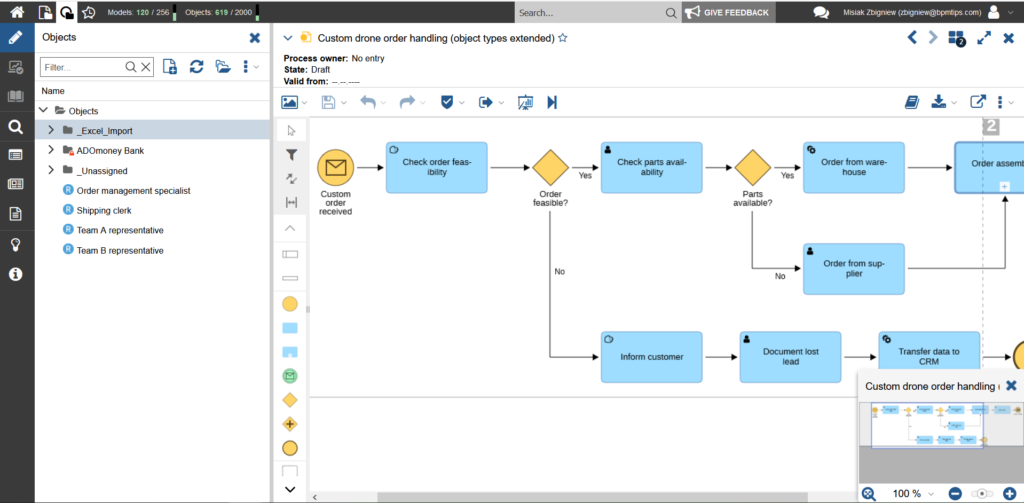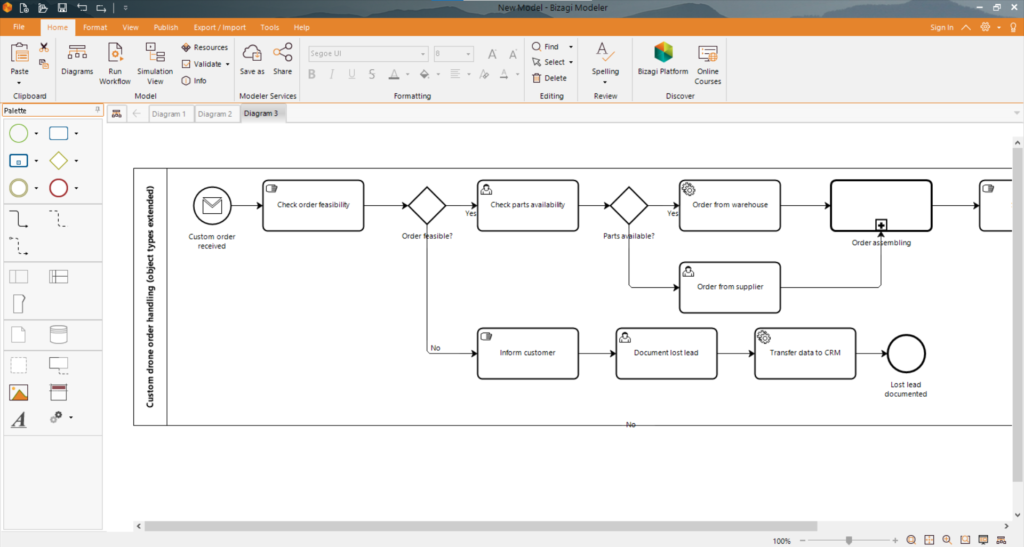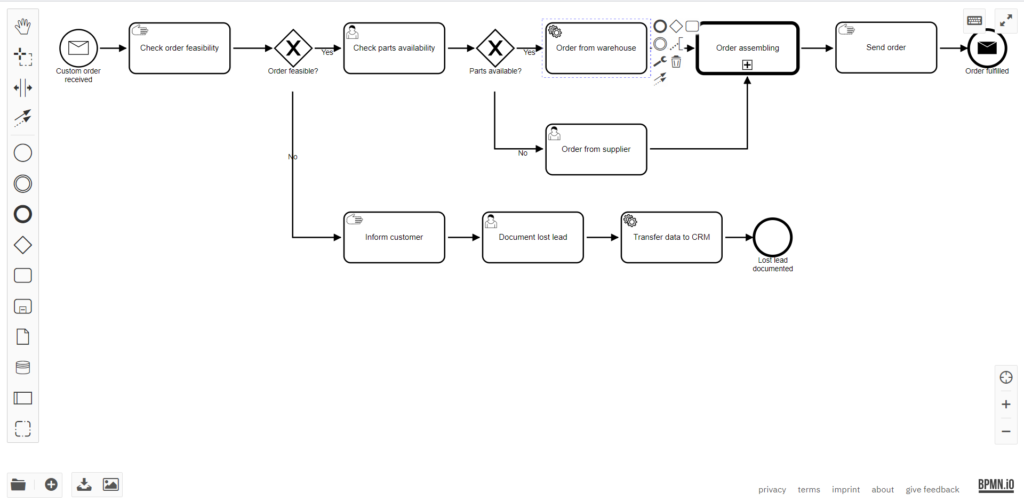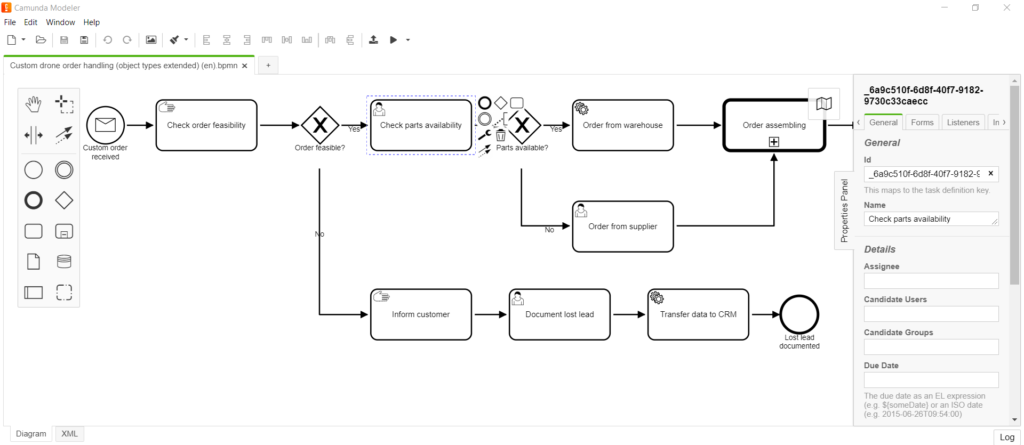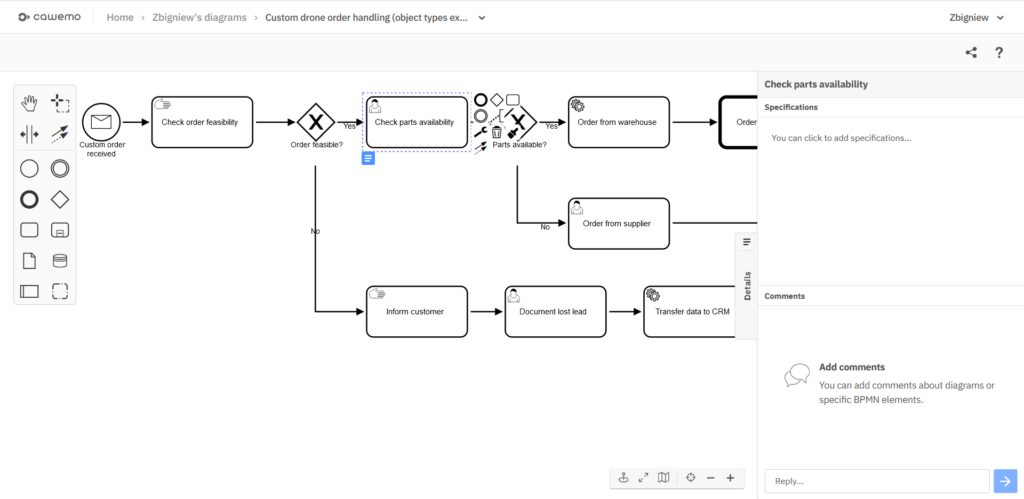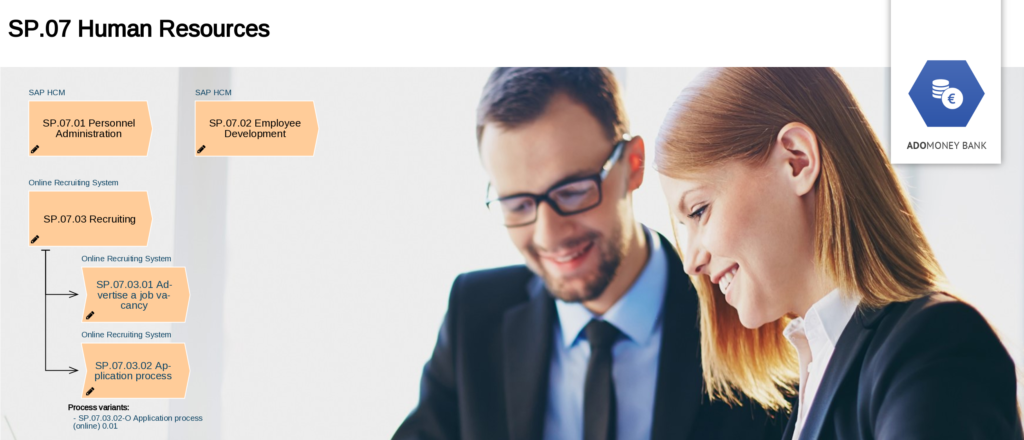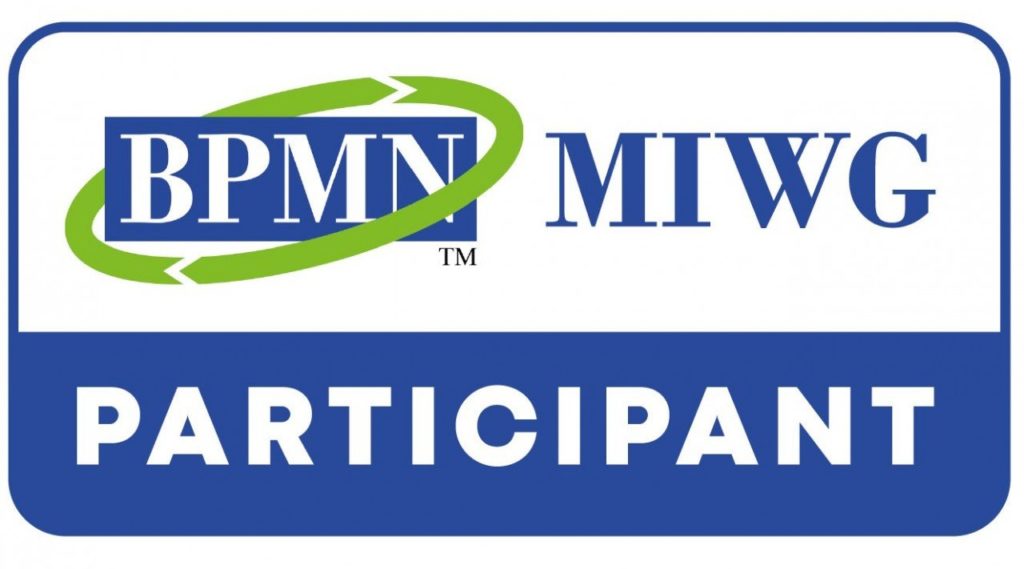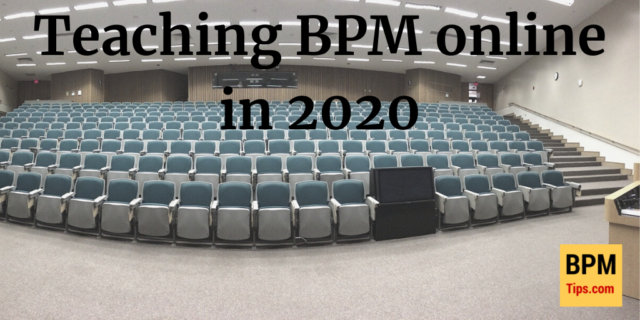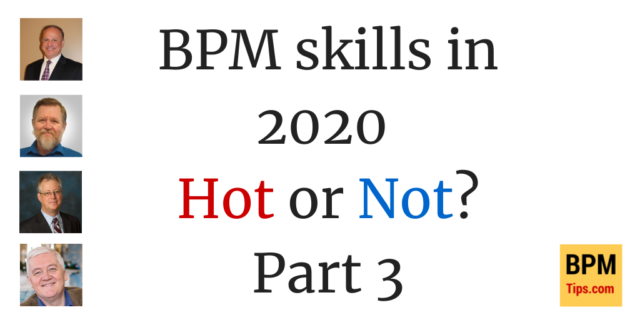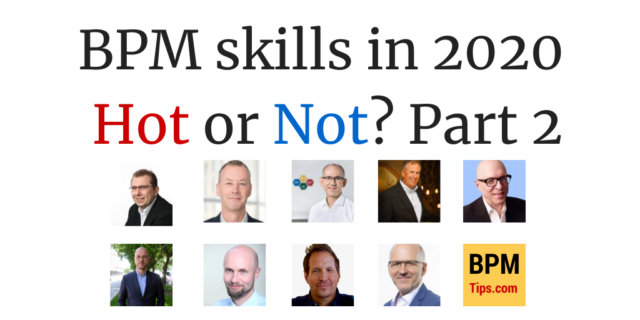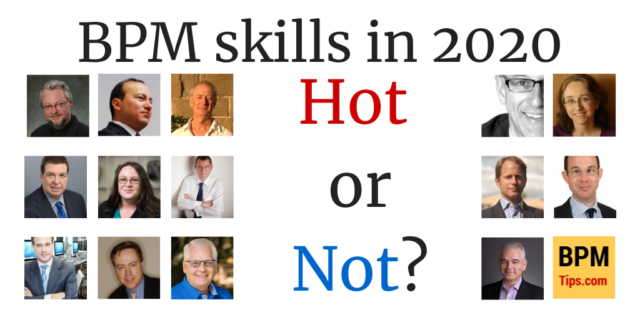Building Business Capability 2020
BPM Tips is a proud media partner of Building Business Capability 2020, the official conference of the IIBA.

This year, for obvious reasons, BBC will be a virtual conference. It will take place on October 19-23, 2020.
You can participate in livestreams of conference sessions and workshops (recordings are also available, so you can watch everything you want) PLUS new options possible thanks to the new format of the event:
* BBC Conference Extra
* Practitioner’s Chats
* BBC People’s Choice Discussions
* Virtual Coffee Roundtables and
* BBC Beyond
With nearly 100 presenters, 18 conference tracks and 4 trails there are hundreds of possibilities for you to learn something useful and meet new people.
Learn more about BBC 2020 and register. If you plan to attend BBC 2020 the following code “BPMBBC” will give you a 15% discount.
PS. You can also watch selected recordings of sessions from BBC 2019 to see how much you can learn there!
